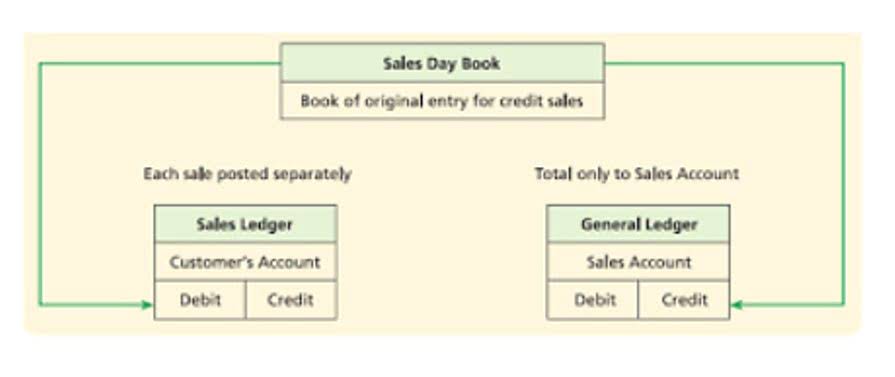Generally Accepted Accounting Principles United States Wikipedia
Content

However, they’re not always that transparent for people inside a business who are trying to set internal goals, develop business strategies, and make data-driven decisions to steer the business in the right direction [9]. Additionally, there will be a cost for reassessing past financial https://simple-accounting.org/online-bookkeeping-services-for-small-businesses/ records to ensure your current balance sheet is accurate and GAAP-compliant. The Board began the session with a discussion about the related party transactions section of the issues paper. The project staff will incorporate the suggested content into the draft for the next meeting.

Internal costs to create intangible assets, such as development costs, are capitalized under IFRS when certain criteria are met. Both standards allow for the recognition of impairment losses on long-lived assets when the market value of an asset declines. When conditions change, IFRS allows impairment losses to be reversed for all types of assets except goodwill. GAAP takes a more conservative approach and prohibits reversals of impairment losses for all types of assets. After considering both the pros and cons of GAAP analysis, you might find that a dual-method accounting system designed for GAAP-compliance and management insights offers the most benefit to your business.
GAAP: What It Is and Why Your Investors Expect It
Generally accepted accounting principles (GAAP) refer to a common set of accounting rules, standards, and procedures issued by the Financial Accounting Standards Board (FASB). Public companies in the U.S. must follow GAAP when their accountants compile their financial statements. All publicly traded and regulated companies are required by the United States Securities and Exchange Commission (SEC) to follow GAAP financial reporting standards. These standardized accounting principles not only provide a reliable and consistent financial reporting framework, but also ensure that their financial statements are comparable with those of other businesses. This allows for better decision-making, increased investor confidence, and easier access to credit and financing.
During 1939 to 1959 CAP issued 51 Accounting Research Bulletins that dealt with a variety of timely accounting problems. However, this problem-by-problem approach failed to develop the much needed structured body of accounting principles. Thus, in 1959, the AICPA created the Accounting Principles Board (APB), whose mission it was to develop an overall conceptual framework.
Compliance With GAAP
Due to the thorough standards-setting process of the GAAP policy boards, it can take months or even years to finalize a new standard. These wait times may not work to the advantage of companies complying with GAAP, as pending decisions can affect their reports. Because GAAP standards deliver transparency and continuity, they enable investors and stakeholders to make sound, evidence-based decisions.
- Accountants apply GAAP through FASB pronouncements referred to as Financial Accounting Standards (FAS).
- The value of a company’s liabilities should not be compensated for by the value of the company’s assets.
- By not following GAAP standards early in her business, Lucy inadvertently puts her company’s financial stability at risk.
- This joint principle maintains that accountants should report all available financial data and accounting information to the best of their abilities.
- The IFRS standard includes leases for some kinds of intangible assets, while GAAP categorically excludes leases of all intangible assets from the scope of the lease accounting standard.
For example, GAAP stipulates how to file income statements, what financial periods to include, and how to report cash flow. Many companies support non-GAAP reporting because it provides an in-depth look at their financial performance. However, Bookminders: Outsourced Accounting and Bookkeeping Services the non-GAAP numbers include pro forma figures, which do not include one-time transactions. Companies can use this information to their advantage and present totals that predict how their businesses will perform in the future.

Responses